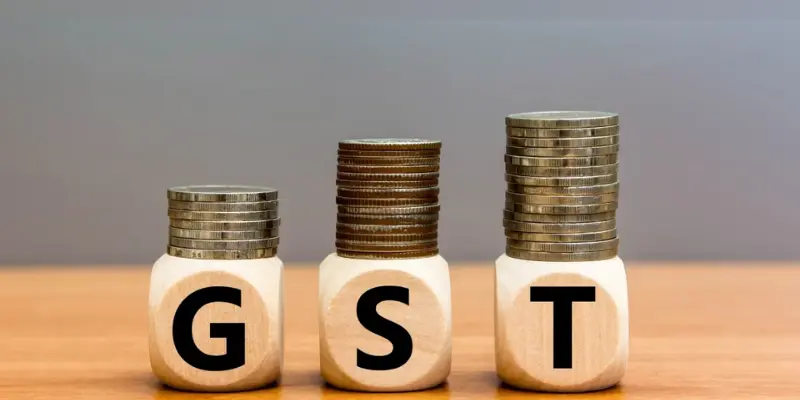The introduction of the Goods and Services Tax (GST) in many countries marked a significant shift in the taxation landscape. Before GST, the Value Added Tax (VAT) was a predominant system. While GST and VAT aim to tax consumption, they do so differently. Understanding these differences is crucial for businesses, consumers, and policymakers alike. Enrolling in GST Training in Chennai offered by FITA Academy can benefit those seeking a deeper understanding. This blog will delve into the key distinctions between GST and VAT, shedding light on how each system operates and the implications for various stakeholders.
The Basic Concept: GST vs. VAT
Goods and Services Tax (GST) is a comprehensive, multi-stage, destination-based tax that is levied on every value addition. It integrates multiple indirect taxes into a single tax system, including VAT, service tax, and excise duty. GST is designed to eliminate the cascading effect of taxes, where tax is levied on tax through the stages of production and distribution.
On the other hand, VAT is a type of indirect tax imposed at various stages of production and distribution based on the value added at each stage. While VAT also aims to tax consumption and avoid cascading taxes, it typically does not encompass as wide a range of taxes as GST does.
Tax Structure and Rates
GST: Under GST, there is a single tax structure that encompasses both goods and services, simplifying the tax system. Rates are typically divided into multiple slabs, depending on the type of goods and services. This allows for a more uniform taxation system and reduces complexities in compliance.
VAT: VAT rates can vary significantly across different states or regions within a country, leading to discrepancies and a lack of uniformity. Each state may have its VAT laws and rates, which can complicate interstate trade and business operations.
Input Tax Credit Mechanism
GST: One significant advantage of the seamless input tax credit (ITC) mechanism. Businesses can claim credit for the taxes paid on inputs (raw materials, services) against those payable on outputs (finished goods/services). This eliminates the cascading effect and reduces the overall tax burden on businesses.
VAT: While VAT also allows for input tax credit, the process is often more fragmented. Different states may have different rules for claiming credits, and cross-utilization of credits between different types of taxes (like excise duty and service tax) is not typically allowed.
Compliance and Administration
GST: The regime is known for its robust and standardized compliance system. With the introduction of the Goods and Services Tax Network (GSTN), an extensive IT infrastructure supports online filing, tracking, and reconciliation of tax returns. This improves transparency and reduces tax evasion.
VAT: VAT compliance can be more cumbersome due to the decentralized nature of the tax system. Different states may have their compliance requirements, leading to a lack of standardization and increased administrative burden on businesses.
Impact on Businesses and Consumers
GST: Has generally led to a more streamlined tax system, reducing the overall tax burden on businesses and promoting ease of business. Consumers benefit from reduced prices due to the elimination of cascading taxes and increased transparency in the tax structure.
VAT: Under VAT, businesses often face higher compliance costs and complexities, especially those operating in multiple states. Consumers might experience price variations due to the non-uniform tax rates across regions.
While both GST and VAT aim to tax consumption and reduce the cascading effect of taxes, GST offers a more unified, simplified, and efficient tax system. The standardized tax rates, seamless input tax credit mechanism, and robust compliance framework make GST more favourable for modern economies. Understanding these key differences helps in appreciating the advantages of GST over the traditional VAT system and underscores the importance of ongoing tax reforms to enhance economic efficiency and growth. Enrolling in a Training Institute in Chennai can provide valuable insights and practical knowledge for those looking to understand these concepts comprehensively.
Also Check: 5 Common Mistakes to Avoid for GST Compliance

